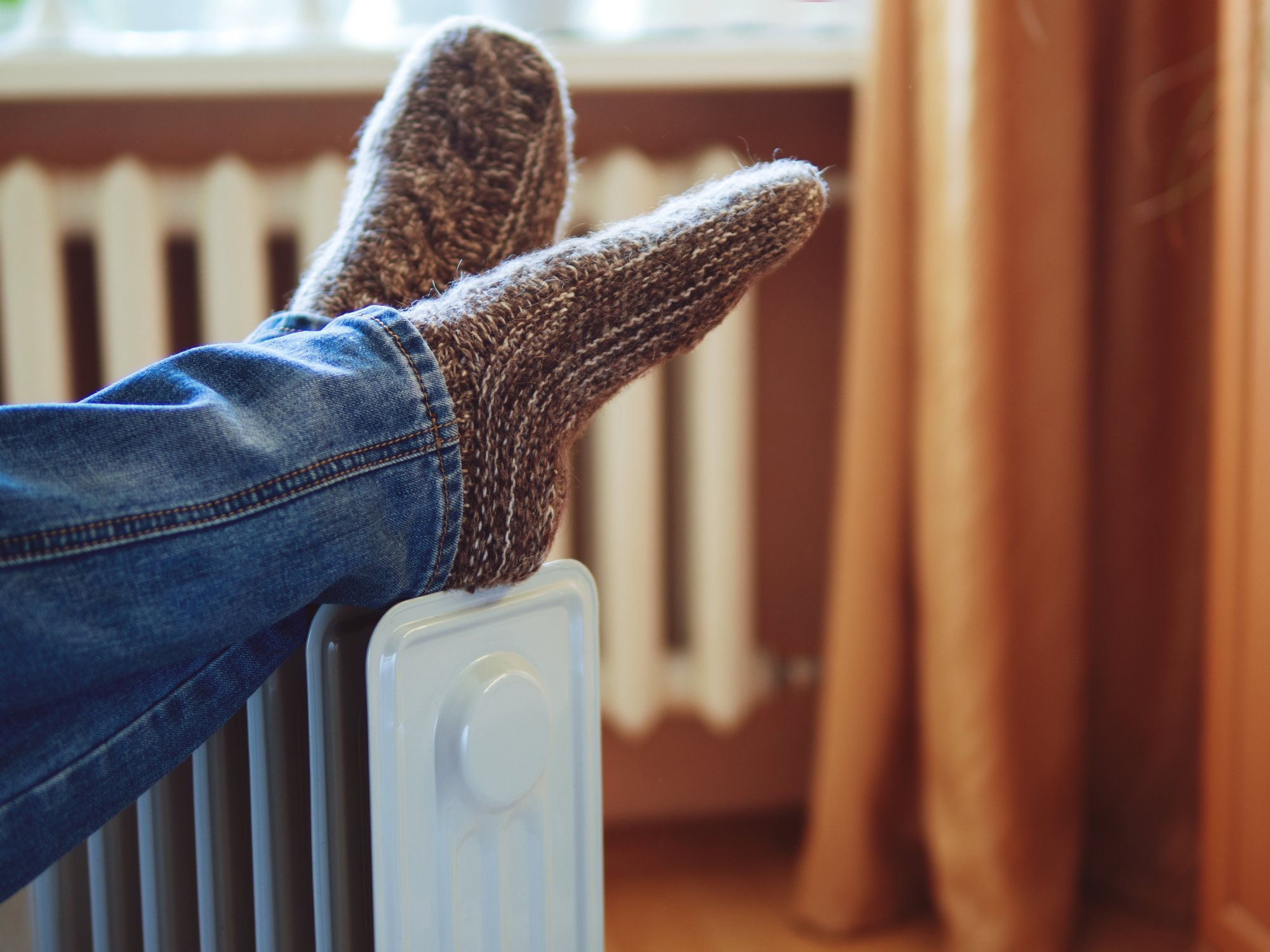The cold air has moved in outside, and you’ve got the jacket, gloves, and hot chocolate to endure it. Still, there’s one more thing to consider: turning on your heat for the first time in the winter.
When you turn on your heat, there’s more to it than just setting the temperature. So before you do it, go through this checklist to learn what’s involved, why it’s necessary, and how it can keep your heating system in good condition.
1. Check your air filters.
Checking your air filters is the best place to start because a clogged air filter can cause many other issues with your system and in your home. First and foremost, air filters keep you from breathing dust and other particles that could be harmful. These filters also keep your furnace from working harder than it has to, which helps you pay less on your energy bill.
If you check the filter and find a layer of dust on it, clean it or buy a new one. Blocked air flow can cause your system to malfunction and possibly overheat, so it’s best to use a filter that can keep energy costs low and repair costs even lower.
You should also check the air filter in your furnace if you can. Many homeowners forget to do this, but it’s a major part of an efficient heating system. It’s also an important part of improving your home’s air quality.
2. Check your air ducts.
It is necessary to check your air ducts when you check your air filters. The same issue of dust and particle buildup applies to both. When you check your air ducts, use a vacuum to clean inside and around them.
This ensures that you clean out bigger things that could clog the airflow even more. For example, when you’ve cleaned your floors in the past, you might not have checked the vents and ducts for any trapped debris that your cleaning stirred up. Your vacuum will get all of this, so just remember to open your vents to let the warm air come through.
3. Turn on your thermostat to test your furnace.
Now that you’ve checked your air filters and air ducts, you can turn on your thermostat to test your furnace for the winter. When you do it, remember to set it to a temperature a little higher than the room’s temperature. Listen for any strange noises or smells, and inspect your newly cleaned filters and ducts for any issues with the airflow.
If your heat doesn’t come on, get your technician to take a look at your system. They can look at everything from the thermostat wiring to the furnace fan. They can also give you tips for keeping it all in the best shape for winter.
However, if you’re turning on your heat for the first time in the winter and it comes on, set it at 68°F during the day. And at night or when you’re not home, set it a bit lower. The U.S. Department of Energy (DOE) suggests doing this to get the most savings with your energy and wallet.
4. Insulate your attic and crawl space.
After you’ve turned on your thermostat to test your furnace, check for cool airflow in your attic and crawl space. If these areas are colder than they should be, they might need to be better insulated.
Lacking quality insulation or insulation, in general, can make your heating system work harder to keep your home warmer. This results in unnecessary energy output and monthly spending because you’re likely to keep turning up the temperature if you feel your home isn’t getting warm.
So if you’re turning on your heat for the first time in the winter, make sure that your attic, crawl space, or even your windows aren’t letting in cool air. Also, check for cool spots where the wall and floor or wall and window meet. One or two cracks in these areas may not seem like much at first, but dozens of them can let in more cool air than you expect.
You might also need to add new insulation. If you’re going to do this, you need to know what type to use. For example, if you want to insulate your attic, you should choose between loose fill or batt (also called blanket insulation). You should also choose insulation with the highest possible R-value, which measures its effectiveness.
The U.S. Environmental Protection Agency (EPA) estimates that insulating your home can save you 15% on your heating and cooling costs. This makes it a great way to keep warm in the winter and an even greater way to keep your monthly costs low.
5. Get your heating system professionally serviced.
Checking your air filters, air ducts, furnace, and insulation are great ways to prepare your heating system for winter. But like any system, it needs maintenance. When you get a technician from One Call Service Group to service your system, you can look forward to:
- lower bills
- better air quality
- a heating system that lasts longer
- fewer system repairs
- peace of mind knowing that your system works and will keep working well
Even better, when you get a technician’s help, you can take pride in knowing your system will also be ready for spring. The air filters, air ducts, and insulation all give you the same benefits in cold weather as they do in warm weather. This makes getting your system professionally serviced an investment that will pay for itself even after winter has passed.
For more information
Don’t risk your home not getting warm and staying warm this winter. Let an experienced technician look over your heating system, and repair anything that could become a bigger problem later. And for best results, let them look everything over at least once a year to ensure that it’s always running its best.
Contact One Call Service Group today by filling out this form.


